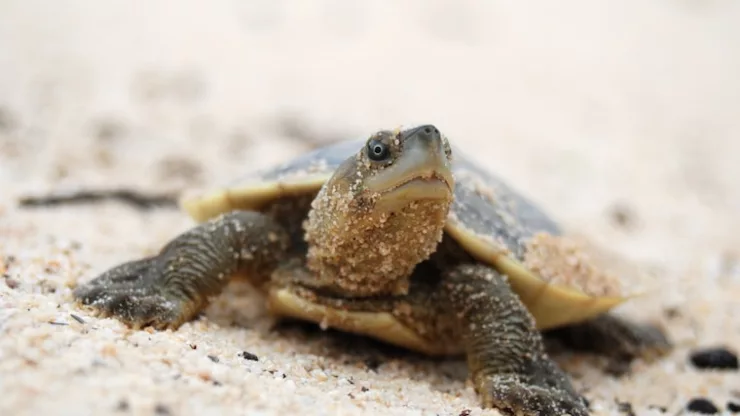Snakes are fascinating creatures that have been the subject of myths, legends, and fears for centuries. However, these reptiles are much more than just their reputation.
Here are some interesting facts about snakes that you might not know:
- Snakes are found on every continent except Antarctica. They come in a wide variety of sizes, from the tiny thread snake, which is only about four inches long, to the reticulated python, which can grow up to 30 feet long.
- Snakes are carnivorous, which means they eat only meat. Their diet includes rodents, birds, insects, and even other snakes.
- Snakes are cold-blooded, which means they rely on their environment to regulate their body temperature. This is why you’ll often see snakes basking in the sun to warm up.
- Snakes have a unique way of swallowing their prey whole. Their jaws are connected by stretchy ligaments that allow them to open their mouths incredibly wide, and their flexible skin allows them to expand to accommodate their meal.
- Many species of snakes are venomous, but only a small percentage are dangerous to humans. In fact, snakes are more afraid of us than we are of them, and will usually try to avoid confrontation if possible.
- Snakes are important for controlling rodent populations, which can cause damage to crops and spread disease.
- Some species of snakes, such as the king cobra and black mamba, have venom that is strong enough to kill a human in just a few hours.
- Snakes shed their skin several times a year, which allows them to grow and get rid of any parasites that may be on their skin.
- Some species of snakes are capable of reproducing asexually, which means they can have offspring without mating with another snake.
- Snakes have been around for millions of years, and have been depicted in art and literature throughout history.
Conclusion:
Snakes are fascinating creatures that are often misunderstood.
While some species are venomous and dangerous to humans, most snakes are harmless and play an important role in the ecosystem.
By learning more about these reptiles, we can better understand and appreciate them.
FAQ:
What should I do if I encounter a snake?
If you encounter a snake, it’s important to stay calm and give the snake plenty of space. Most snakes will try to avoid confrontation if possible.
If you are hiking or camping in an area where snakes are common, it’s a good idea to wear long pants and boots to protect yourself.
Are all snakes venomous?
No, only a small percentage of snakes are venomous. Most snakes are harmless to humans.
Can snakes hear?
Snakes don’t have external ears, but they can sense vibrations and low-frequency sounds through their jawbones.
How do snakes move?
Snakes move by contracting and expanding their muscles, which allows them to slither along the ground. Some species of snakes can also climb trees and swim.
Are snakes intelligent?
While snakes may not be as intelligent as some other animals, they are capable of learning and adapting to their environment.
Some species of snakes, such as the king cobra, are known for their problem-solving abilities.

I am a fun fact enthusiast and creator of Facts On Tap.
I love to share my knowledge and curiosity with readers and inspire them to learn something new every day.
When I’m not writing, I enjoy traveling, reading, and playing trivia games with my friends.





